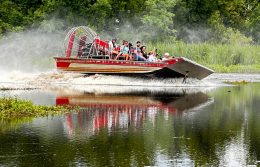A Walk Through Texas’ Historic Battlefields
For many years, Texas was contested country. Even before the Spanish and white settlers arrived, the plains, plateaus, arroyos, and canyons of the Lone Star State were the settings of battles and skirmishes between the indigenous tribes who sought to make the state their home. Texas loomed large in some of the nation’s great conflicts, including the Mexican-American War, Civil War, and, of course, the Texas Revolution.
Visiting the places where some of the battles in these wars took place offers not only an opportunity to encounter the history that helped shape this great state but also a way to honor the soldiers who made the ultimate sacrifice to make Texas what it is today.
Here are some of the most significant historic battlefields you can visit in Texas.
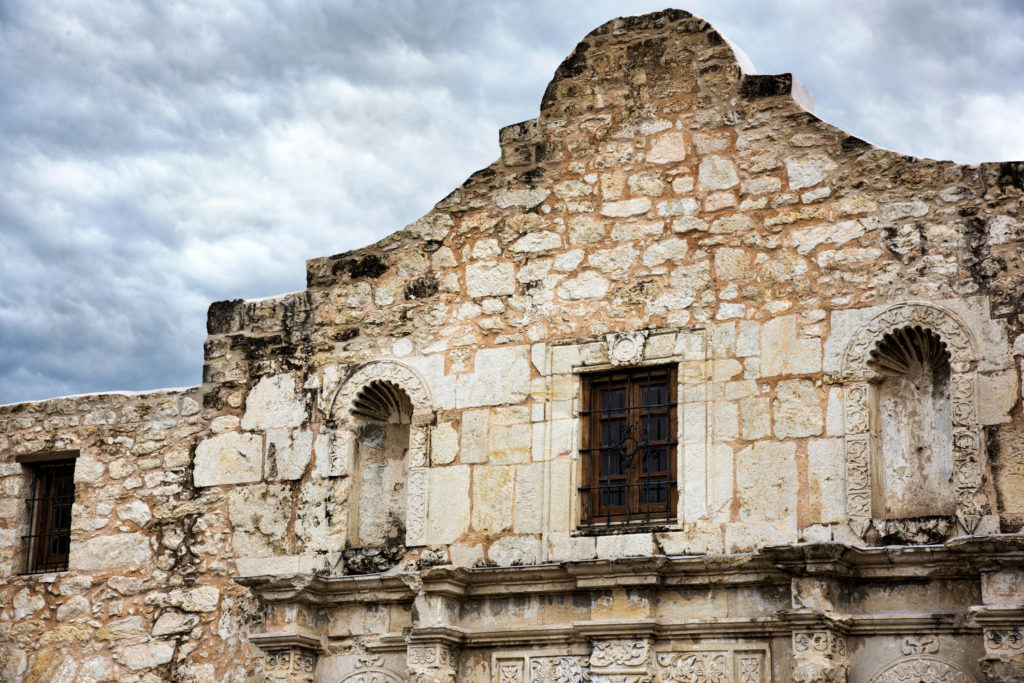
The Alamo
Where else could a tour of Texas’ historic battlefields start than at the Alamo in downtown San Antonio? Lest we forget, the siege of the old mission by Mexican troops during the Texas Revolution may not have been the most strategically significant battle of the war, but the rallying cry that it birthed — and the symbol of freedom it became — made the Alamo the most important landmark in Texas. Today, visitors can walk the hallowed grounds, watch a historical film, and participate in guided tours.
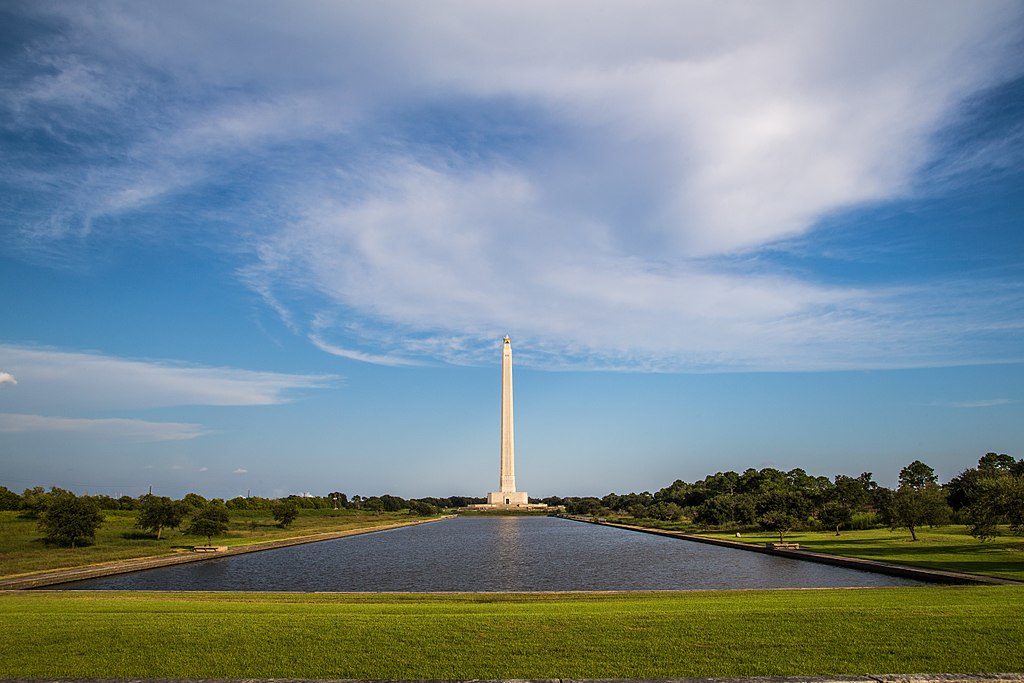
San Jacinto Battleground State Historic Site
It only took 18 minutes. On April 21, 1836, Texas troops surrounded the Mexican army’s military camp at San Jacinto, southeast of modern-day Houston, and routed the troops, shouting “Remember the Alamo!” and “Remember Goliad!” With that, the Texans won their independence. Today, the site of the crucial battle in the Texas Revolution is marked with a monument and a long reflecting pool that resembles the Lincoln Memorial Reflecting Pool in Washington, D.C. The state park offers interpretive tours, a documentary, and a chance to visit the Battleship Texas, which participated in both World War I and World War II.
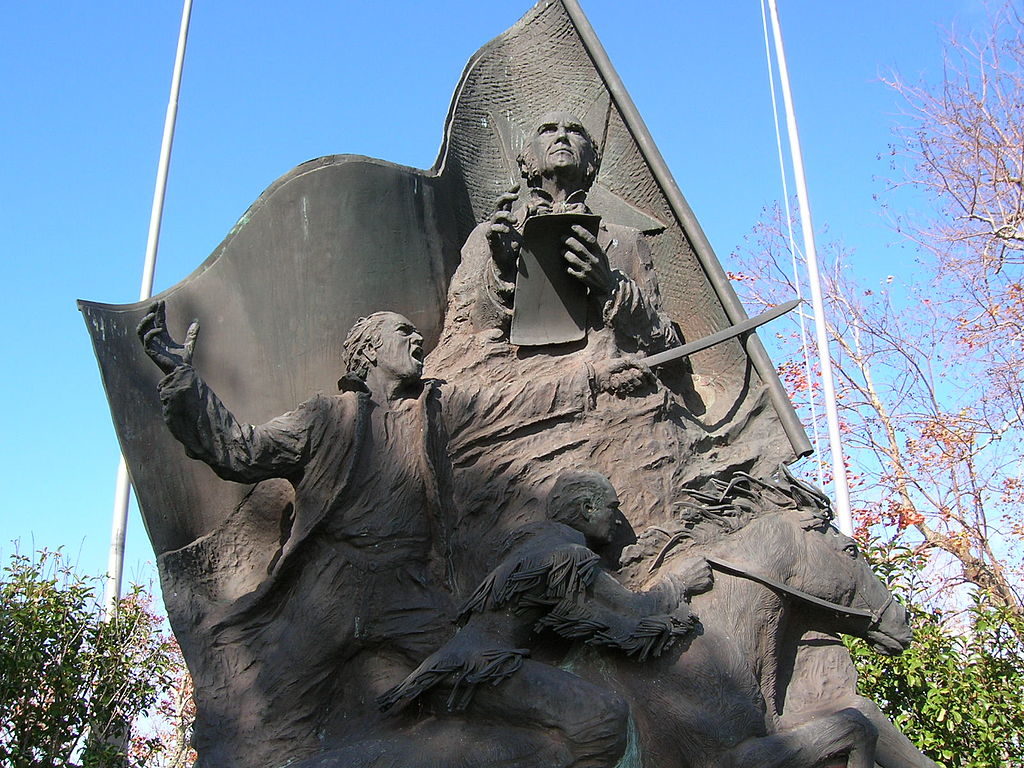
Sabine Pass Battleground State Historic Site
Most of the major fighting in the Civil War took place east of Texas. But two naval battles at Sabine Pass, a crucial shipping channel in southeast Texas, played an important role in the western theater of the war. Union troops attacked Confederate forces at the pass in an effort to disrupt the port and occupy Texas, but they were repelled by six massive canons the Confederate Army stationed in a large earthen stronghold at the pass. You can visit that stronghold and wander the grounds that overlook the seas where Civil War ships once battled for Texas.
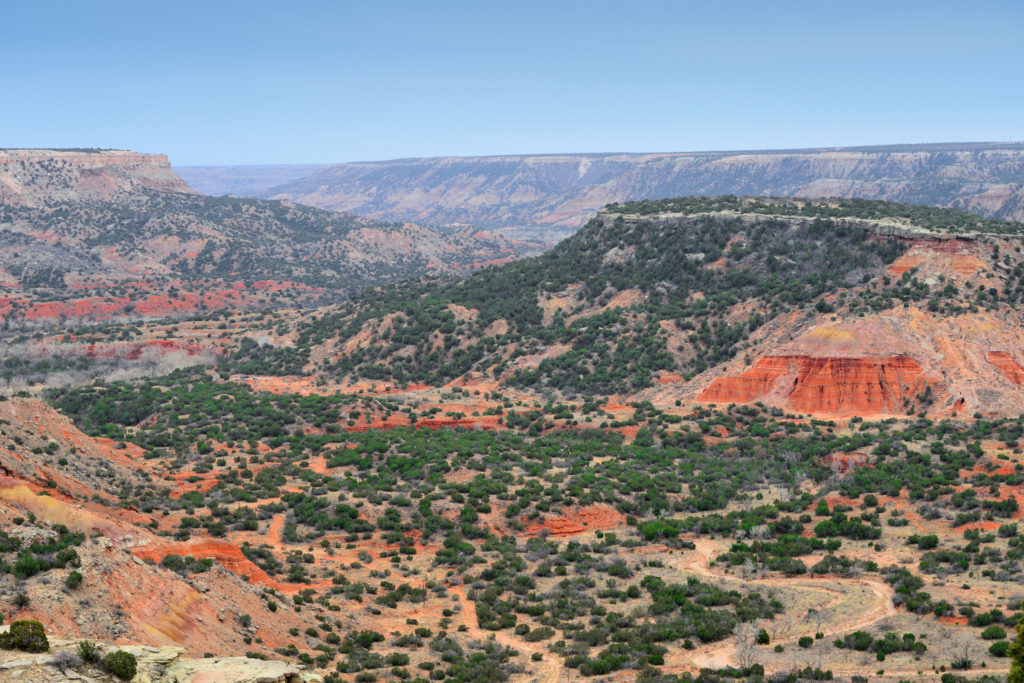
The Battle of Palo Duro Canyon
For centuries, the high plains of the Texas Panhandle was Comanche country. No tribe and no army could match the skill of the mounted warriors who built their empire around the migrations of buffalo herd and an intimate knowledge of the sparse and unforgiving plains. But by 1874, U.S. army soldiers, led by Col. Ranald Mackenzie, had managed to subdue most of the plains tribes.
The final blow came at Palo Duro Canyon, where Mackenzie managed to engage a group of Comanche, Cheyenne, and Kiowas in a series of skirmishes that would end up being the plains tribes’ last stand. There’s not much evidence of the battle that marked the end of the tribe’s long hold on the plains outside of a historic marker, but the dramatic landscape of the canyon still looks much like it did when it was a refuge for the wandering masters of the Great Plains.

Palo Alto Battlefield National Historical Park
The Mexican-American War could be called the second Texas Revolution, and it was a training ground for many of the military leaders who would loom large in the Civil War. Palo Alto Battlefield, near Brownsville, was the site of the first two engagements of the war. You can hike or bike through the lands where, in 1846, future president Gen. Zachary Taylor held off a much larger Mexican force, setting the stage for an eventual American victory in the war that would establish the Rio Grande as the definitive southern border of the United States.

Palmito Ranch Battlefield National Historic Landmark
One of the few Civil War battles fought in Texas took place after the treaty between the North and the South was signed at Appomattox. In May 1865, the Union made another attempt to disrupt the Confederate cotton and shipping industries by attacking the Southern forces stationed near Brownsville. That strike wound up being the last land battle of the Civil War. In recent years, historians and state park officials have been working to better understand and preserve this historic battlefield. Visitors can tune in to a local radio signal dedicated to interpreting the history of the site.
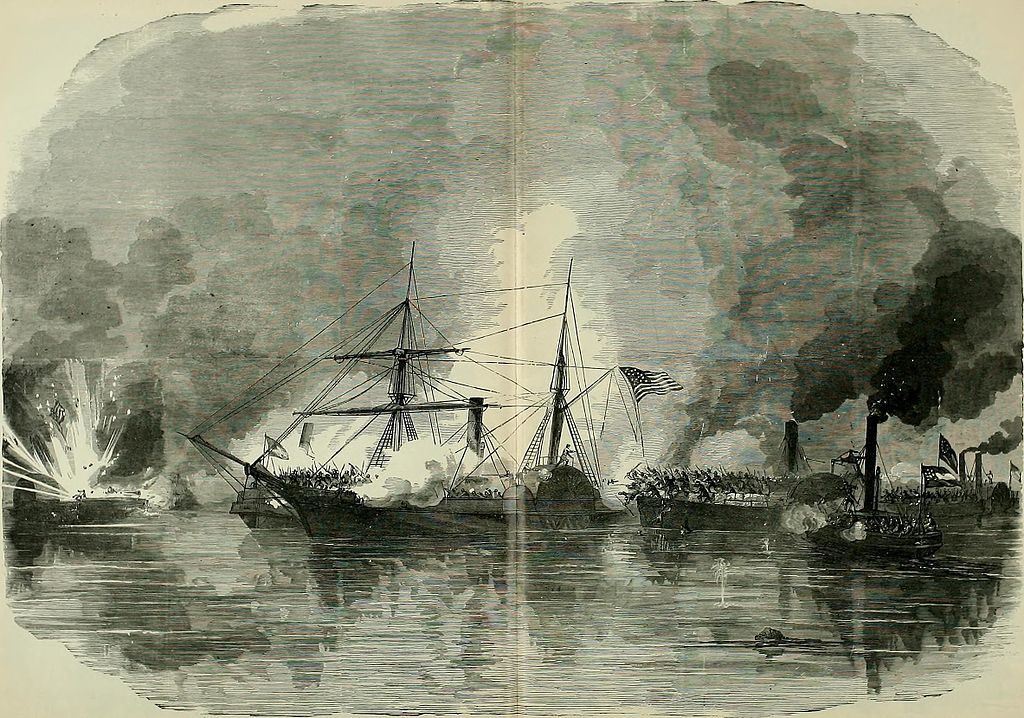
The First and Second Battles of Galveston
In 1861, Union navy ships began a blockade of the critical port of Galveston. For 14 months, Confederate forces resisted the attack, but in October 1862, Union forces attacked and forced the Confederate army out of the city. Galveston would remain in Union hands until January 1863, when two Confederate ships sailed from Houston, broke the blockade, and managed to retake the city. A historical marker relates the history of the conflict, which took place off the shore of Texas’ beloved beaches.
Buffing up on your Texas history? Check out our historic forts trail.
Coverage and discounts are subject to qualifications and policy terms and may vary by situation. © 2019 Texas Farm Bureau Insurance

